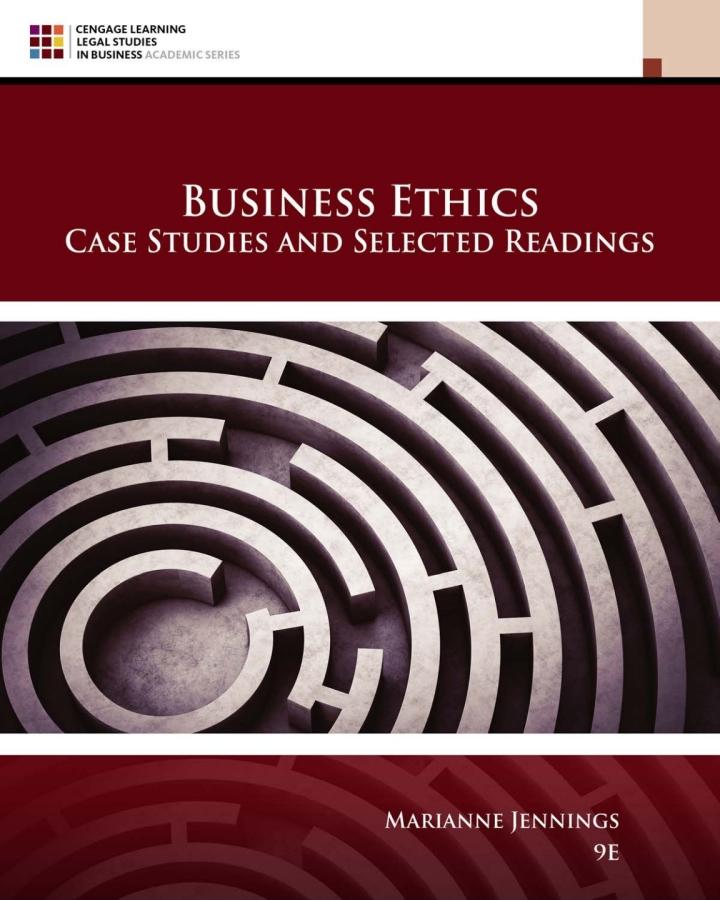Decades ago, the American Association of Poison Control Centers had concluded that laundry detergent was really not
Question:
Decades ago, the American Association of Poison Control Centers had concluded that laundry detergent was really not a safety issue for young children. The kids were not interested in the powder, and they would have to consume a great deal to experience any harm. However, the development of the detergent "pods" has those same officials sounding a warning. Detergent Pods are little pillow-like squares of detergent (and sometimes fabric softener) that can be tossed into the washer, without the mess of liquids and powder. These pods have been recognized as innovative new products and have resulted in revenue bounces for companies producing them. The product has been one of Procter \& Gamble's few successes over the past decade and sale of the pods topped \(\$ 600\) million.
However, not just the adults love them, but to children the colorful pods look like treats. During 2013 there were 10,000 medical incidents involving children eating the pods. In 2014 , the number climbed to 11,714 , and in 2015 , the number was \(12,594 .{ }^{96}\) The treat-like appearance of the pods causes children to sneak them away and bite into them. The result is instant exposure to highly concentrated detergent that causes fainting, dizziness, and breathing difficulties. \({ }^{97}\). The 10,000 medical cases are small in comparison to the 1.2 million calls that poison centers receive each year, and all of these pod calls involve children ingesting a big bite of a pod. Prior to the appearance of the pods in the United States, there was a three-year history of the poisoning problems in Europe. The problem began in Italy when P\&G was notified by officials there that children were biting into the Tide pods. P\&G agreed to follow Italian officials' advice and use opaque packaging for the pods in Italy. The use of opaque packaging reduced the incidents by over \(60 \%\) within six months. However, P\&G did not change to the opaque packaging in the United States until spring of 2013. P\&G indicated that it did not believe the packaging change was necessary in the United States because in Italy washing machines are not in laundry rooms, but in kitchens and bathrooms and, thus, higher risk for children. There has not been any involvement by the federal government thus far, but Consumer Reports removed the pods from their list of recommended laundry detergents and ask manufacturers to develop additional precautions to reduce the number of poisonings. \({ }^{98}\) Consumer Reports rarely removes products due to external safety reports, having done so only once previously with SUVs that did not pass rollover tests, but does so with the hope of encouraging manufacturers to take voluntary action to make their products safe. P\&G has added larger and more warnings on the packaging. And the packaging now has three barriers to entry so that they are difficult for children to open. The data on medical incidents do not yet reflect the changes made in packaging since the Consumer Reports position was issued...............
Discussion Questions
1. Using the Primer on Product Liability, discuss how the product could be defective for purposes of Section 402A?
2. What more could P\&G do to prevent incidents and, thus, liability?
3. What about the responsibilities of parents in watching their children and protecting them against hazards?
Step by Step Answer:

Business Ethics Case Studies And Selected Readings
ISBN: 9780357453865
9th Edition
Authors: Marianne M. Jennings





